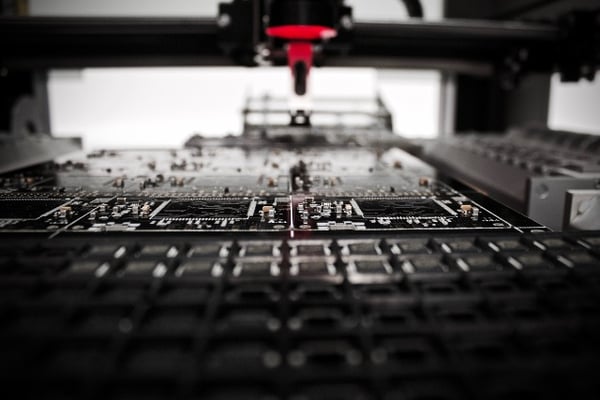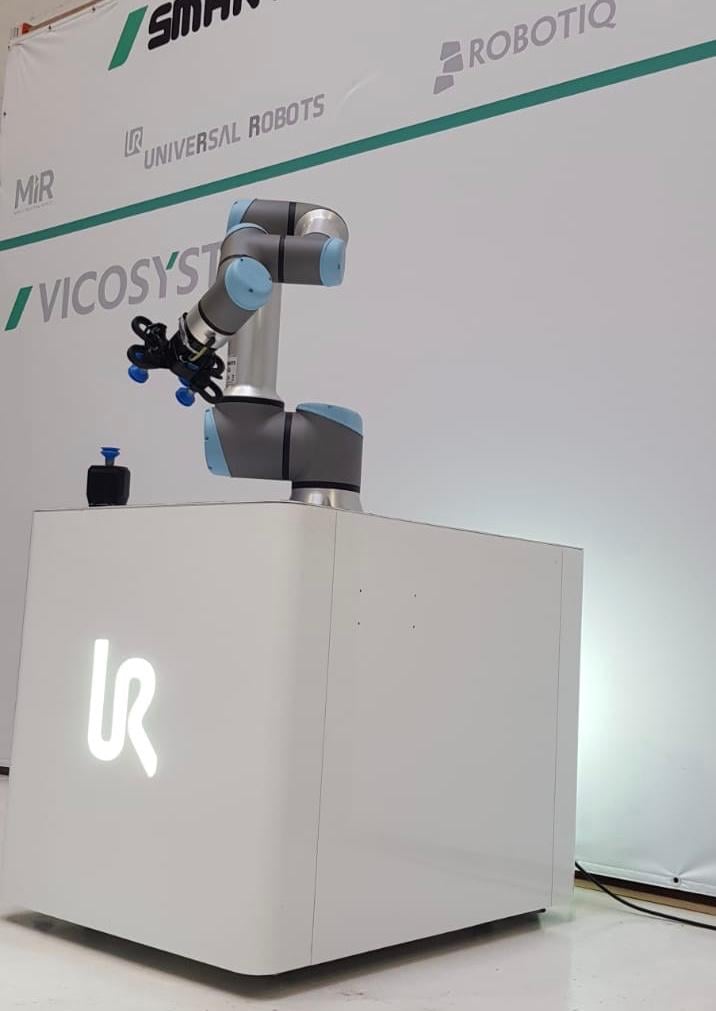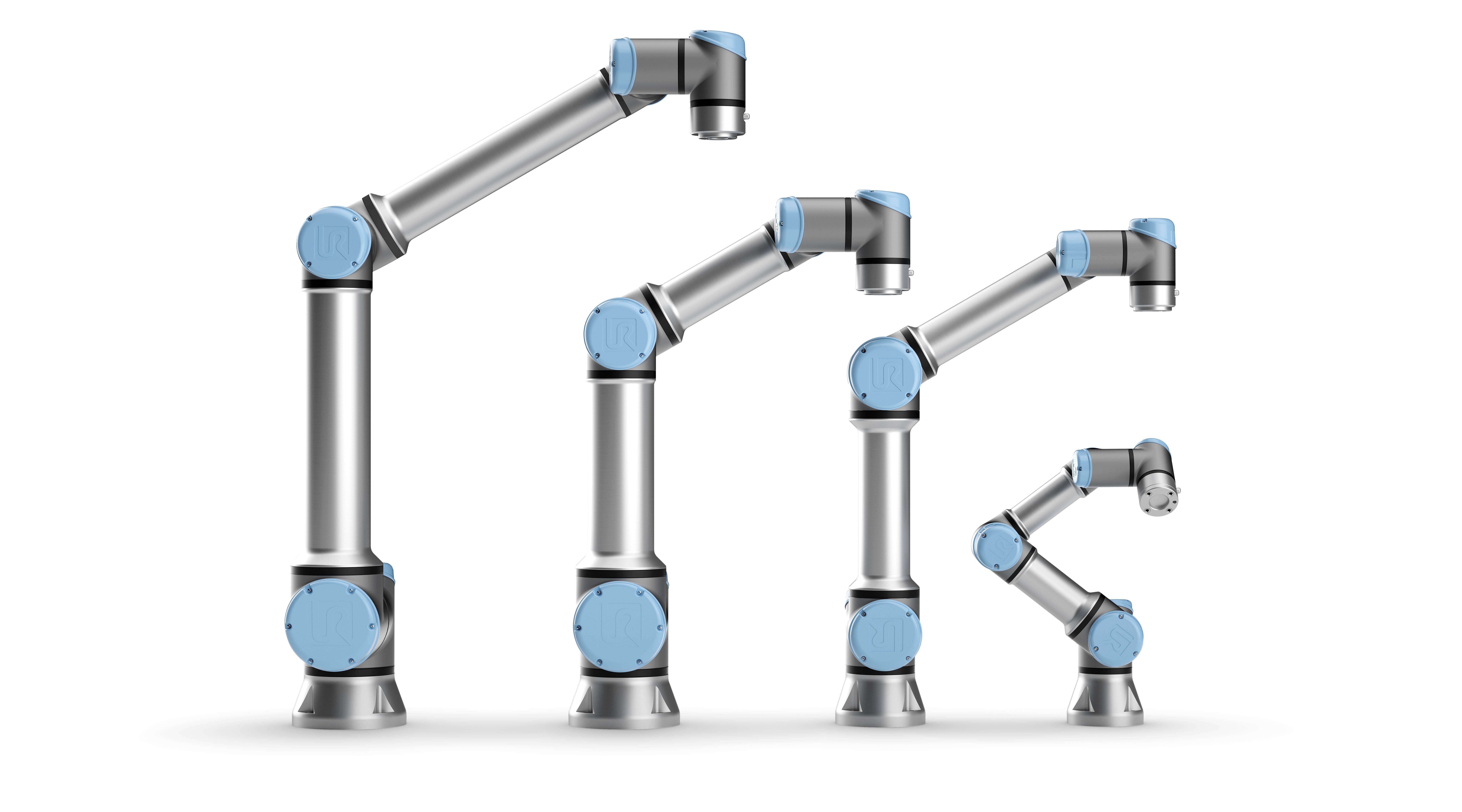4 Cybersecurity Challenges the IIoT Needs to Overcome

Posted on Aug 27, 2019 11:33 AM. 5 min read time
The Industrial Internet of Things (IIoT) has tremendous potential for helping companies improve the ways they do business. Connected machines could boost productivity, give operators meaningful metrics, warn of equipment failure before it happens and more. But, enterprises can't make the most of those benefits if they don't take control of cybersecurity needs. The IIoT needs to conquer several cybersecurity challenges in order to achieve ideal results and adoption rates. Here are four of them.

1. A Lack of the Knowledge Needed to Secure Organizational Networks
The SANS Institute released a 2018 report about IIoT security. It took an in-depth look at some of the pressing issues associated with IIoT security. One of them was that 59 percent of respondents were only "somewhat confident" in their ability to keep their networks protected from cyber threats.
More specifically, they revealed a need for more training and education to keep IIoT devices secured.
However, on a more positive note, more than 47 percent of people taking part in the survey said they planned to deploy or improve employee awareness and training associated with the IIoT.
If organizations don't have the know-how to strengthen cybersecurity, it's not surprising that they feel challenged about staying protected from cyber attacks.
Want to learn more about protecting networks from cyber attacks? Jump to the conclusion of this post!
2. Various Kinds of Attacks
Unfortunately, IIoT security is not straightforward. That reality means there is not a universal strategy companies can use to reduce the likelihood of attacks.
LNS Research created a report arguing that IIoT security should be at the top of CEO agendas. The study showed that IIoT cyberattacks are not mere possibilities.
It revealed that 53 percent of the people polled said they had already experienced attacks on their IIoT equipment. Complicating things, though, was that they mentioned a variety of sources for those incidents.
Removable media got targeted in 19 percent of the events, and a denial of service attack was the outcome 9 percent of the time. Another issue was malware spreading from other parts of the organization and affecting IIoT components.
Since organizations cannot automatically assume that they'll be especially prone to a certain kind of attack and need to prepare for it, developing a cybersecurity plan can become exceptionally complex.
Want to learn more? Jump to the conclusion of this post!
3. Increasing Opportunities for Cybercriminals to Infiltrate

IIoT adoption is on the rise, and there are both good and bad things associated with that reality. As more companies use IIoT technology, they'll figure out new ways to improve their business operations.
Moreover, the IIoT is branching out into sectors some people may not expect. It's common to depend on the IIoT in factories, but applications exist elsewhere, too.
For example, autonomous trucks and vans have changed the trucking and shipping industry and will continue to do so throughout 2019 and beyond. IIoT sensors can help fleet managers see vehicles en route, notice dangerous driving behaviors or track maintenance needs of those trucks.
Those advantages spanning beyond factories show the worthiness of the IIoT and why it has such potential.
However, the increase in IIoT usage also means cybercriminals have an overall broader attack surface on which to carry out their deeds. Statistics collected in 2017 by Tripwire indicated that 90 percent of people expected their organizations to increase IIoT investments.
And, 96 percent believed the IIoT would cause an increase in risk. However, these findings should not discourage companies from upping their IIoT investments. Instead, it's crucial to keep security in mind from the start and never assume that the current level of security is sufficient for the long-term.
Want to learn more? Jump to the conclusion of this post!
4. No Industry-Wide Effort to Make Devices Safer
One of the most frequently cited issues compromising security for the Internet of Things (IoT) at large is the lack of regulation. IoT manufacturers do not have defined frameworks that they abide by when building their devices.
There's often such a push to be the first provider of a gadget on the market that security gets overlooked. However, the absence of regulation and standards could hinder IoT progress.
Looking back at the IoT used within enterprises, research conducted in 2018 by DigiCert found that 25 percent of businesses experiencing attacks on their connected devices had resultant losses of more than $34 million in a two-year span.
Interestingly, though, 80 percent of the organizations classified as "top-tier" — those showing the most mastery of cybersecurity — did not go report any financial losses due to cybersecurity missteps.
Those results show that it pays off to focus on cybersecurity in any company that depends on the IIoT. Also, it's crucial to determine which companies build security into their devices from the beginning. It's not clear when, or if, those manufacturers will become obligated to meet minimum security standards.
Want to learn more about protecting connected devices from cyber attacks? Keep reading to the next section!
How Can Your Company Secure the IIoT?

Now that you know these four obstacles that interfere with the security of the IIoT, let's look at some actionable things you can do to keep things secure:
- Include training as an integral part of any IIoT investment, and ensure it's ongoing to keep people abreast of the newest risks
- Emphasize that cybersecurity is everyone's responsibility and not restricted to a respective company
- Consider going through a IIoT cybersecurity audit to understand more about the specific risks associated with your company and how to minimize them
- Weigh the benefits and possible downsides of investing in more IIoT equipment
- Make purchases only when it's evident that your company can continue to keep the infrastructure secured even with the new connected devices present
- Remember that risks alone are not reasons to avoid investment, but company leaders must ensure that investment does not overshadow an emphasis on cybersecurity
- Investigate which companies take cybersecurity seriously and aim to do business with them whenever possible
- Always keep software updated, including by installing security patches when needed
Proactiveness Lowers the Risks
Besides being mindful of the above tips, don't underestimate the value of being proactive. Instead of waiting until risks become evident, seek the vulnerable points in your network and fix them before problems happen.
If that approach persists throughout your organization, keeping threats at bay should become substantially more manageable.










Leave a comment